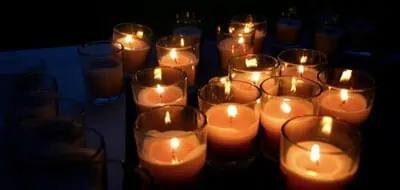Sunday, December 15th the body of 8-year-old Randle Barrow was found in Alabama, drowned by his mother who later killed herself. Nearly 700 miles away in Allegheny County, Pennsylvania, Mickey Liposchok, 52, was found shot to death by his father in a murder-suicide on Tuesday the 17th. Though far apart in space and age, Randle and Mickey have two things in common: they were both developmentally disabled, and they were both murdered by their parents.
Far too frequently the murders of people like Randle and Mickey are made out to be due to the “burden” they put on their caregivers, and their murderers are given or remembered with sympathy. The focus becomes not on how reprehensible it is for a parent or caregiver to kill a child or vulnerable person in their care, but on how difficult that care surely must have been. Instead of the outcry we expect after any other instance of filicide, we begin to talk of stress and burdens. Murder, we are told, is inevitable. We (disabled people, disabled children, any of us who rely on anyone else for care,) cannot expect anything else.
This is unacceptable.
The Autistic Self Advocacy Network worries about the impact these attempts at justification have. As time goes on, it seems that we see more and more parents committing murders after reading the sort of suggestive coverage which has become en vogue. All people with disabilities have lives worth living; our murders are neither understandable nor inevitable; and any attempts to justify or excuse rather than condemn and prosecute our killers holds those of us still here, hostage.
Children and adults with disabilities murdered by their caregivers deserve no less justice under law than non-disabled victims, and their murderers deserve equal condemnation. Failing to do so not only insults the memory of the victims, but puts at risk others in the future.

